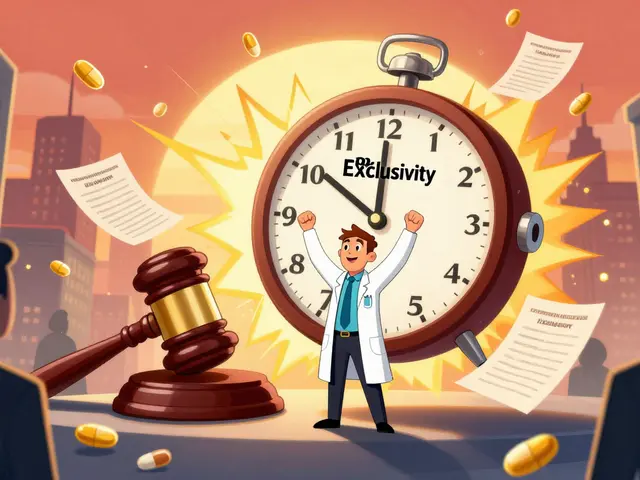Medication Side Effects: What to Expect and How to Handle Them
Almost one in three people notice a side effect when they start a new medicine. Some are mild and fade after a few days. Others need quick action. This page helps you spot common reactions, gives practical tips to reduce risk, and explains when to call your clinician.
Common side effects and real examples
Side effects can be predictable. For instance, erectile dysfunction drugs like Caverta often cause headaches, flushing, or dizziness. Antivirals such as Aciclovir can cause nausea or lightheadedness for some users. Long-acting insulin like Lantus may lead to low blood sugar if doses or meals don’t match. Bone meds like Fosamax can cause stomach upset and, rarely, jaw or bone pain. Even trusted treatments — for HIV (Efavirenz) or TB (Ethambutol) — can bring specific risks such as sleep problems, vision changes, or liver effects.
Timing matters: some reactions appear within hours (allergic hives, breathing issues), while others develop over weeks (muscle pain, mood changes, or bone effects). Knowing when a symptom started helps your provider decide what to do next.
Practical steps: track, prevent, and report
Start with the basics: read the patient leaflet and keep a short medication diary for the first two weeks — note dose, time, and any new symptoms. That record helps your clinician spot patterns and rule out interactions. Use a single app or a simple notebook so details don’t get lost.
Talk to your pharmacist before you buy meds online or combine prescriptions. If you’re ordering from international pharmacies, follow safety tips found in our pieces about buying drugs online — bad suppliers can send wrong doses or contaminated products that raise side-effect risk.
When a reaction is mild (nausea, mild headache, minor rash), try simple fixes: take medicine with food if allowed, split doses only if your prescriber agrees, or swap timing of the dose. If symptoms persist after 48–72 hours, contact your prescriber.
Red flags need immediate care: trouble breathing, swelling of face or throat, fainting, chest pain, sudden severe rash, sudden vision changes, or signs of low blood sugar like confusion and sweating. If you see any of these, stop the drug and get emergency help.
Report serious or unexpected reactions to your healthcare team and national safety agencies. Reporting helps protect others and can lead to safer prescribing. If side effects make daily life worse, ask about alternatives — our site covers safer options for many meds, from antibiotics to antidepressants.
Small steps—reading labels, tracking symptoms, consulting your pharmacist, and knowing red flags—go a long way toward staying safe on any medication. If you want personalized tips for a specific drug, check our linked articles on Caverta, Aciclovir, Lantus, Fosamax, and others for clearer examples and user-focused advice.

What Are Drug Side Effects: Definition, Causes, and Real-World Examples
Drug side effects are unintended reactions to medications, ranging from mild to life-threatening. Learn what causes them, how they're classified, real-world examples, and how to manage your risk safely.

Furosemide and Skin Health: Tips for Managing Dry Skin While on This Medication
In my recent blog post, I discussed how Furosemide, a commonly prescribed medication, can cause dry skin. I offered tips on managing this side effect, including staying hydrated, using gentle skincare products, and moisturizing regularly. Also, I emphasized the importance of protecting the skin from sun damage. I reminded readers to consult with their healthcare provider if they experience persistent or severe dry skin. Lastly, maintaining a balanced diet rich in vitamins and minerals can also improve skin health while on this medication.
Categories
- Medications (50)
- Health and Medicine (46)
- Health and Wellness (34)
- Online Pharmacy Guides (15)
- Nutrition and Supplements (7)
- Parenting and Family (3)
- Environment and Conservation (2)
- healthcare (2)
- prescription savings (1)



